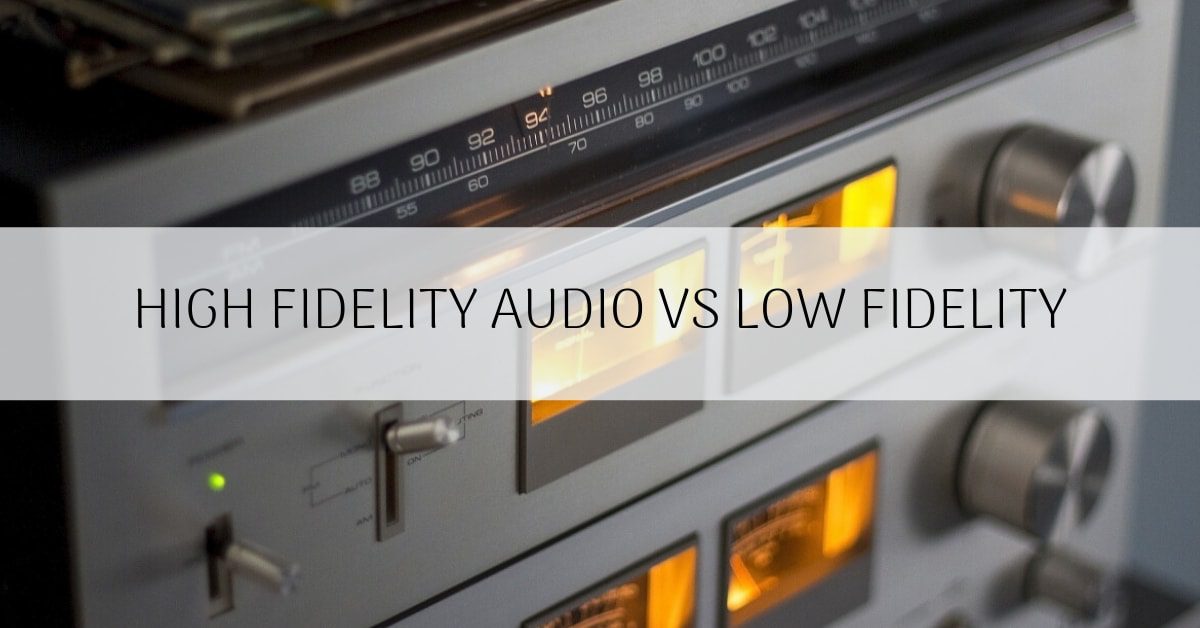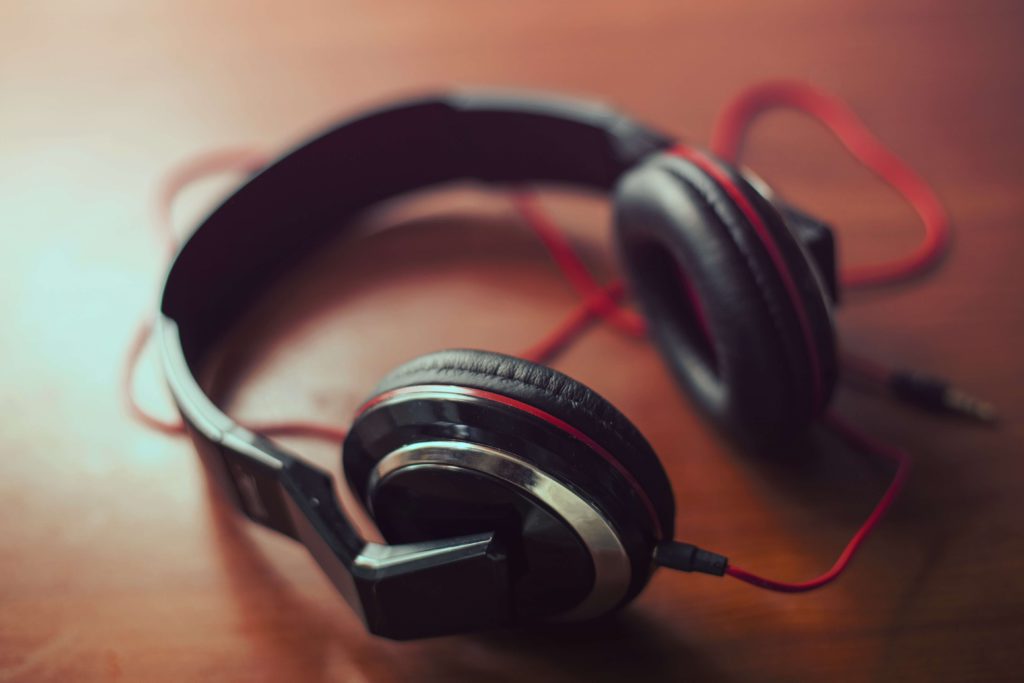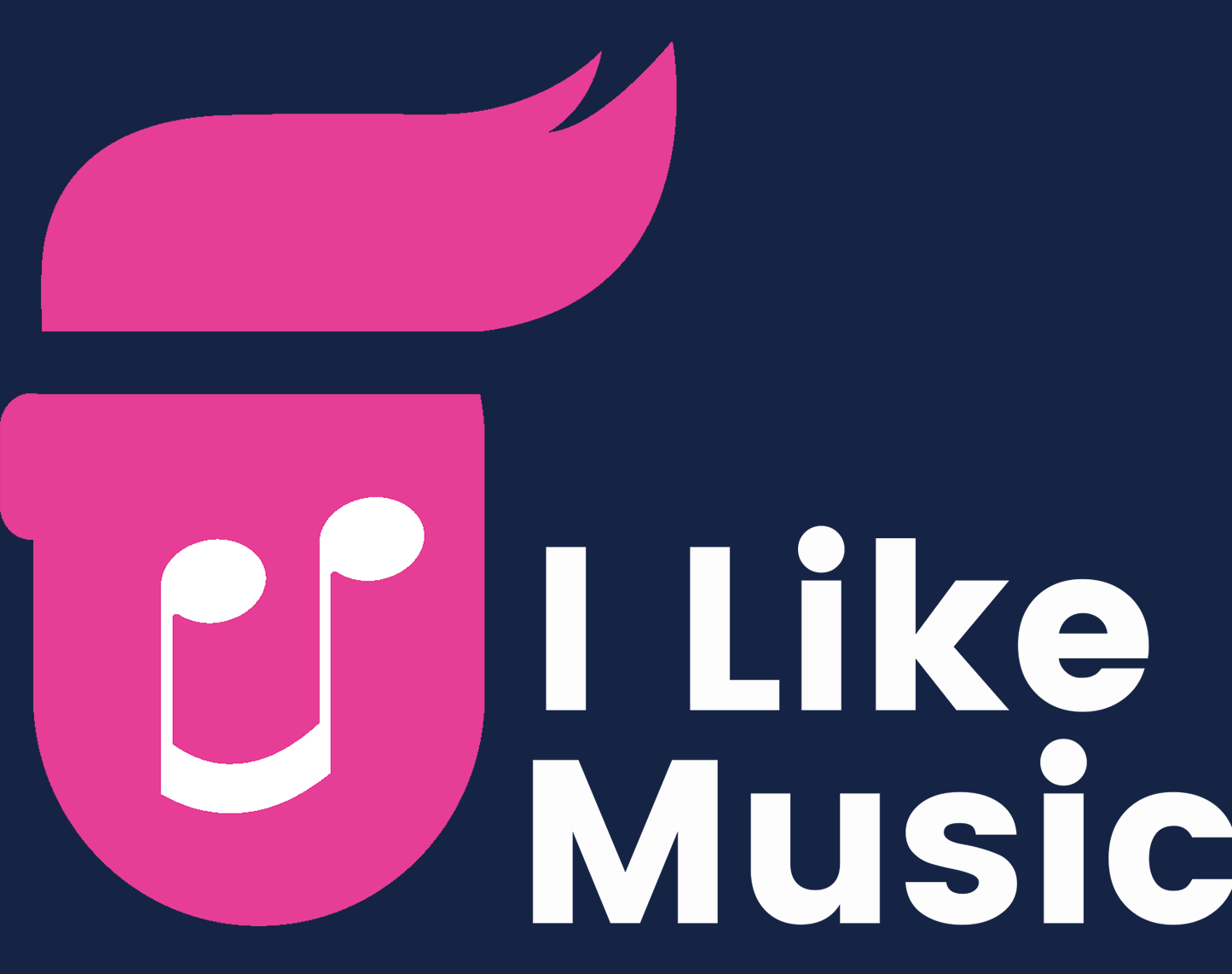By Tom Parmiter
High Fidelity Audio
VS Low Fidelity:
What You Need To Know

For the discerning producer or DJ, the choice between audio mediums when it comes to compiling a set or program has never been greater. From humble beginnings, we now take in a bewildering array of formats, including WAV, AIFF, MP3, M4A, and AAC, formats that are developing and being used in different contexts as the technology we use evolves.
Despite these innovations, it is arguably the one that predates the rest that should be the first port of call for any self-respecting industry professional. WAV, the brainchild of Microsoft, started life as a lossless, high fidelity format in 1991. With a 44.1kHz sampling frequency and 16-bit audio sample, this medium gave listeners and users a lossless format that perfectly replicated the quality heard on CD releases.
The universal aspect and quality of the format has made it a sure fire hit with broadcasters ever since; many UK radio stations still make use of these original specifications as an accepted high-quality industry standard.
The issue with WAV
The main complaint with WAV has traditionally been its sheer size – with quality comes expanse. In days gone by this would have represented a genuine issue with regards the technical capacity of a radio station or studios hard drive to handle even a handful of files.
These days, thankfully, we talk in terabytes rather than gigabytes, and with affordable external drives and online cloud spaces for storage, using WAV files is more practicable than it has ever been; to the extent that the format itself has been able to expand for an even more sophisticated listening experience.
Indeed, the potential of high fidelity audio has grown exponentially since the mediums inception, with producers and sound engineers able to manipulate 24-bit sound with sampling frequency of up to 192kHz, delivering a crystal clear, cutting edge ambient experience.

High-fidelity formats
The latter high-fidelity formats here push at the envelope of what is currently feasible, producing huge files that present storage and transfer issues even in the present day, and are best served in the hands of record producers.
When it comes to streaming across Wi-Fi, MP3 and other lower fidelity audio formats such as AAC are still championed by many websites for their speed; particularly pronounced in an age of increasingly efficient internet connectivity. This may be true, but for the broadcaster it has pitfalls best avoided, not least the pronounced dip in sound quality and lack of flexibility when it comes to further conversion.
An MP3 systematically strips away barely discernible frequencies from a lossless WAV file. The result is an audio experience that although superficially similar to the parent file and useful from a storage point of view, retains audio artefacts that can’t be removed and are exacerbated with any further conversion, above all else robbing your listeners of the full story of a song or album.

Manipulating high-fidelity audio
If you are a service that has concerns about how your users will be able to manipulate high-fidelity audio sources, developments in tech across this decade have armed the consumer with smartphones that can handle the expanse; an increasing array of models support high-fidelity playback.
Likewise, tablets are becoming more sophisticated in their interaction with professional standard media, and these of course are innovations that will evolve at great speed in our information age.
Follow the high-fidelity path
For today’s DJ wishing to put together state of the art, top quality sets, splicing tracks as they go, WAV is a worthwhile long-term investment. Radio DJs likewise are best advised to follow the high-fidelity path; for many listeners, it will be the first listen to an eagerly anticipated track – presenting it as it sounded as a wrap in the studio only adds to the excitement.
As the music industry evolves and adapts to the technological revolution surrounding it, WAV will only become a more viable solution; a reliable and universal constant across rapidly transforming platforms and products.
Talk To Our Team
At I Like Music, we supply 44.1kHz 16-bit or 48kHz 24-bit WAVs for every chart number hit since records began, with over 2 million commercial tracks available in these formats, providing DJs and producers a bespoke high-quality product for their platforms.
Learn More
